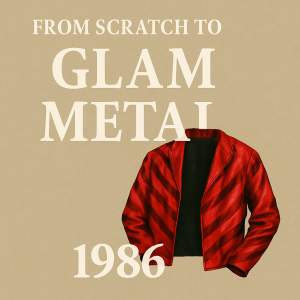Classical Sheet Music: How to Solve Piano Noise and Soundproofing Issues?
Playing the piano is a joy, especially when diving into expressive passages from your favorite classical sheet music. But for many learners—especially those living in apartments or shared spaces—noise complaints can quickly dampen the enthusiasm. Let’s explore practical soundproofing and acoustic solutions that allow you to enjoy music without disturbing others.
1. Piano Sound Transmission Paths
Piano sound travels primarily through two channels: airborne sound and floor vibrations.
Air Transmission: Sound travels through doors, windows, and walls. If your piano is directly aligned with these openings, the sound will carry further. Obstructions like thick curtains can help reduce high-frequency reflection, especially useful during piano online lessons.
Floor Vibrations: Playing the piano sends vibrations into the floor, disturbing those living below. While the people upstairs may not notice, your downstairs neighbors might hear every note—even the soft ones from easy sheet music exercises.
2. Difference Between Sound Absorption and Soundproofing
A common misconception is that sound absorption and soundproofing are the same—but they serve different purposes.
Sound Absorption: Helps reduce echo and improves sound clarity in the room. For instance, two smooth walls facing each other can create unwanted reflections. Adding curtains, soft wallpaper, or carpet helps reduce these effects.
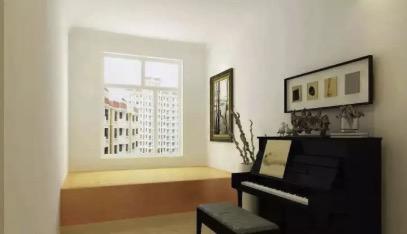
If your floor is tiled, it may reflect sound harshly. Carpeting helps dampen the reflection, making your piano notes sound cleaner during both practice and recording.
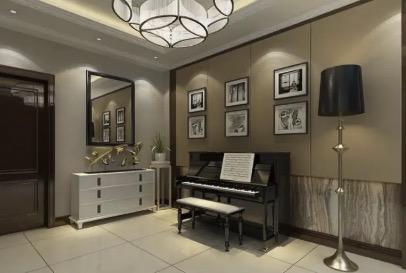
Wooden floors absorb more sound and are preferable for quieter practice environments.
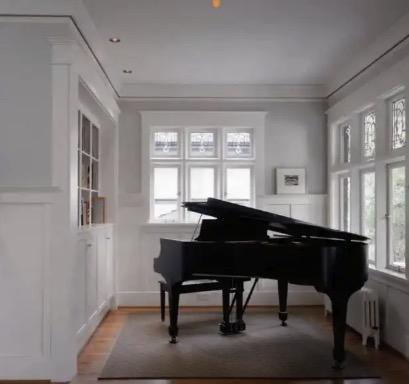
However, absorption doesn’t prevent sound from leaving the room. To truly avoid disturbing others, actual soundproofing is required—especially important for those constantly practicing classical sheet music.
3. Soundproofing Windows and Doors
To stop sound traveling through the air, start with your windows and doors.
Windows: The most effective method is installing thick, multi-layered windows. If that's not feasible, add an extra interior window layer. Even light curtains can help reflect less sound from the glass.
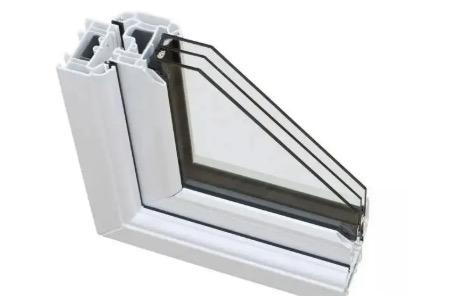
Additional Window Panels: Creating a buffer layer between your piano and the outside world.
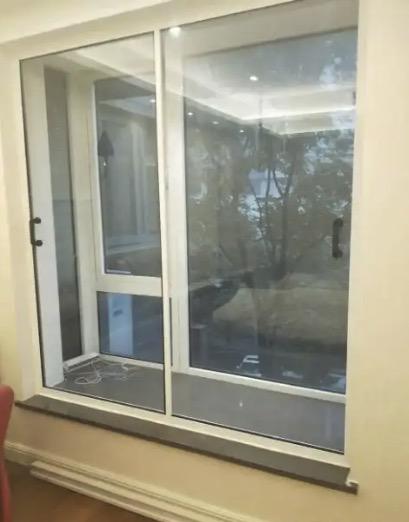
Curtains: Not only help with sound absorption but also improve acoustics for recording piano online lessons.
Doors: Install a solid-core or dedicated soundproof door. If you can't replace the door, use foam or rubber sealing strips to minimize sound leakage.
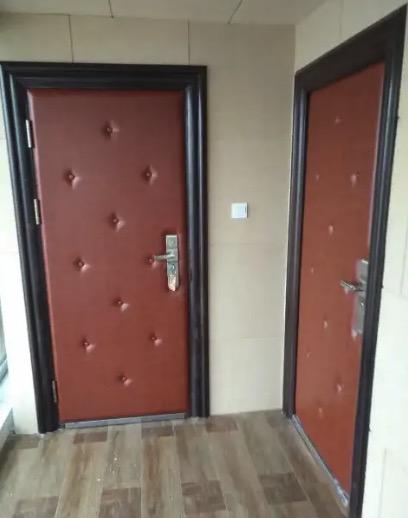
4. Soundproofing Between Piano and Floor
To reduce floor-transmitted vibrations, invest in vibration-dampening accessories.
Anti-Vibration Pads: Specialized pads placed under the piano legs can significantly reduce how much vibration reaches your downstairs neighbors. Japanese-made pads are highly recommended.
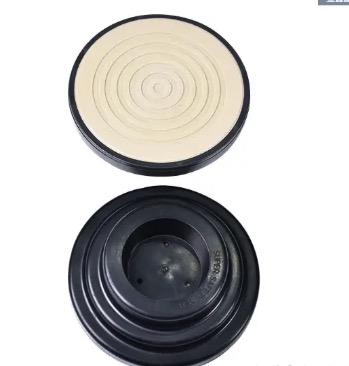
Add Carpeting: Place a thick rug beneath the piano along with the pads to double the vibration control—this makes even dynamic pieces from classical sheet music less intrusive.
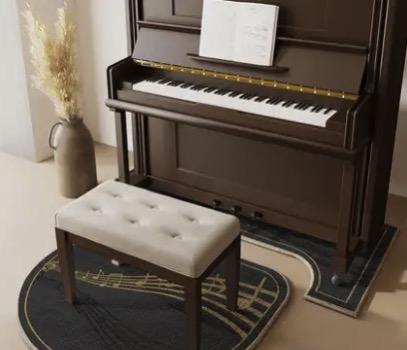
5. Product Considerations Before Buying a Piano
If you haven’t yet purchased a piano, certain types are naturally quieter and more neighbor-friendly.
Digital Piano: Ideal for beginners using easy sheet music. Though the touch and tone aren’t as rich, you can play with headphones. Great for those just starting piano online lessons.
Acoustic Piano with Silent System: These instruments have a mute mechanism and allow headphone use while preserving the mechanical action of an acoustic piano. A good option for serious students focused on classical sheet music, though they can be costly.
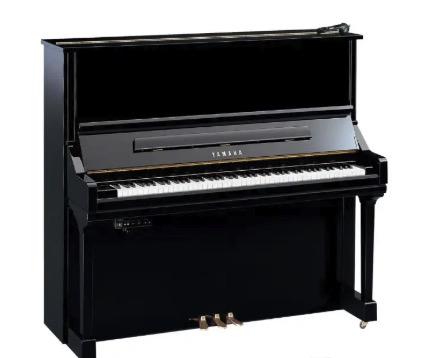
Hybrid Piano: Combines digital sound with acoustic mechanics. The touch is nearly identical to a grand piano. While expensive, it offers a balance of authentic feel and neighbor-friendly operation.
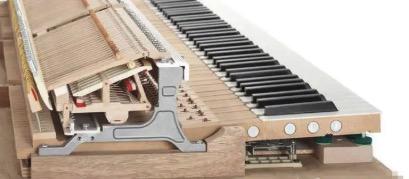
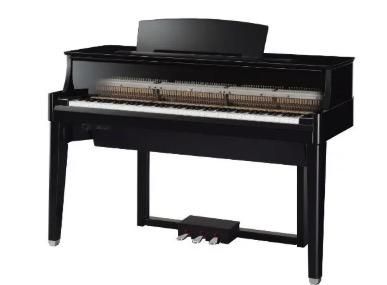
Conclusion
From improving room acoustics to investing in specialized pianos, there are many ways to manage noise without sacrificing musical expression. Whether you're working through piano notes, exploring easy sheet music, or attending piano online lessons, understanding how sound travels will help you play more freely and confidently.
FAQs
Q1: Can digital pianos replicate the sound of classical sheet music accurately?
While digital pianos can't match acoustic depth, they are good enough for practicing most classical sheet music, especially with high-end models.
Q2: What’s better for learning at home: upright or digital?
It depends on your space and budget. For students using piano online lessons, a digital piano offers quiet, flexible learning. For richer tone and touch, choose an upright.
Q3: Will anti-vibration pads completely stop sound from reaching neighbors?
They significantly reduce floor vibration but don’t eliminate airborne sound. Combine with curtains and carpets for the best result—especially helpful when working on detailed piano notes.



